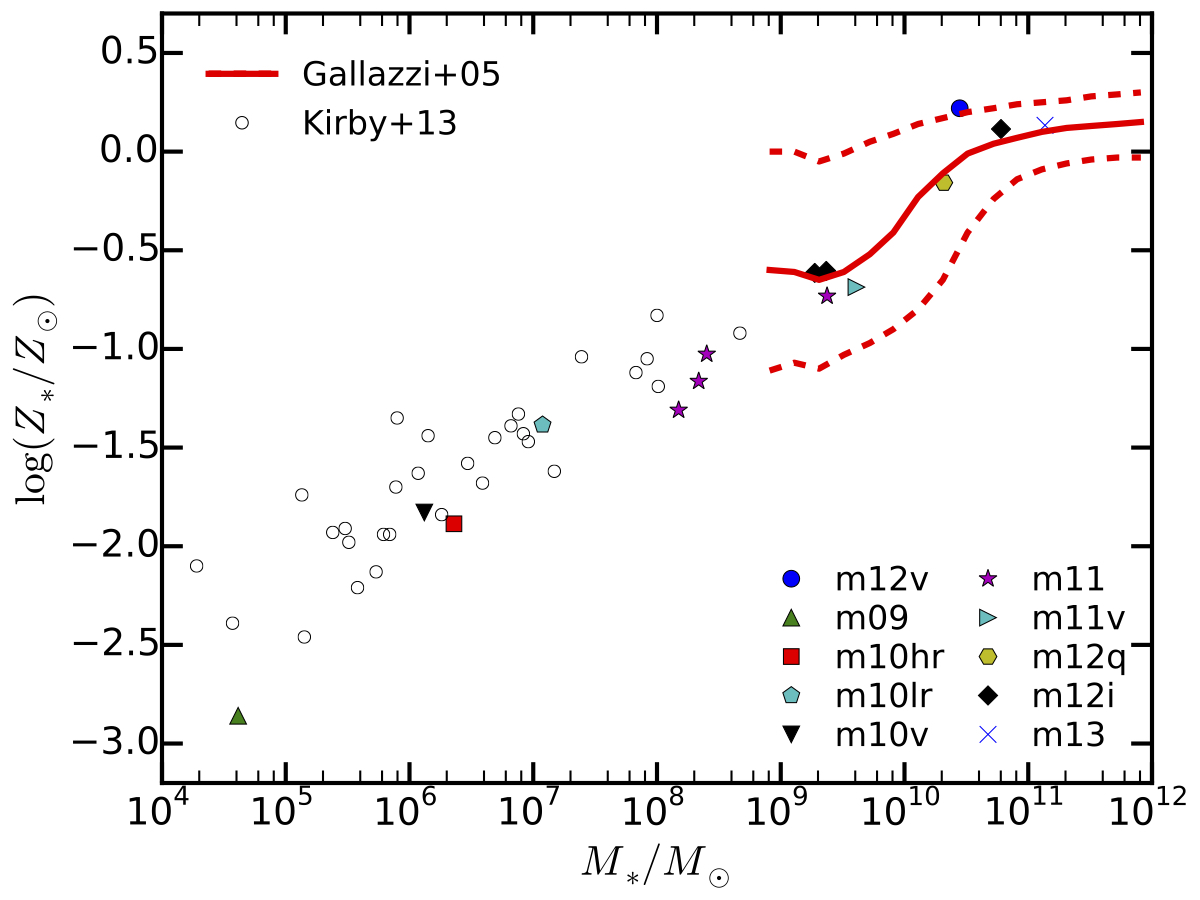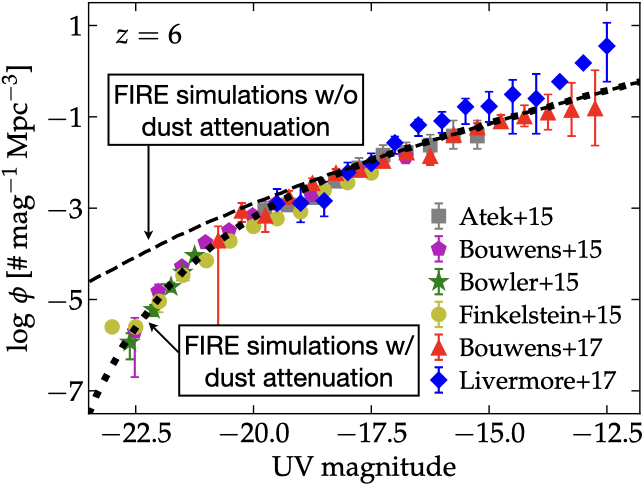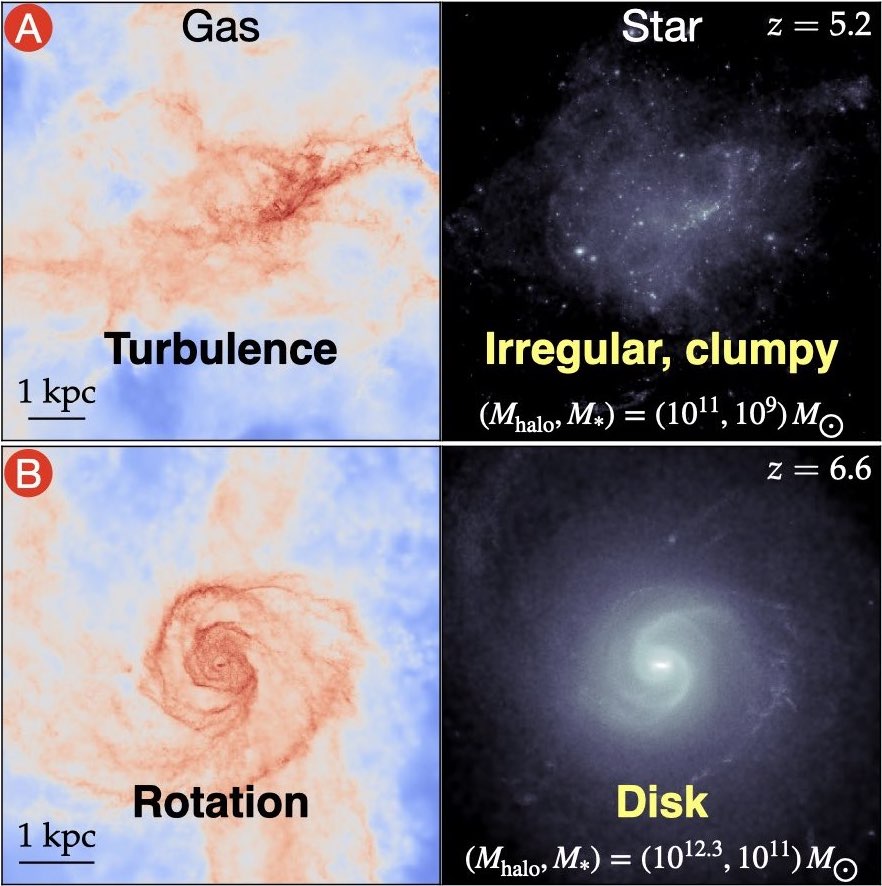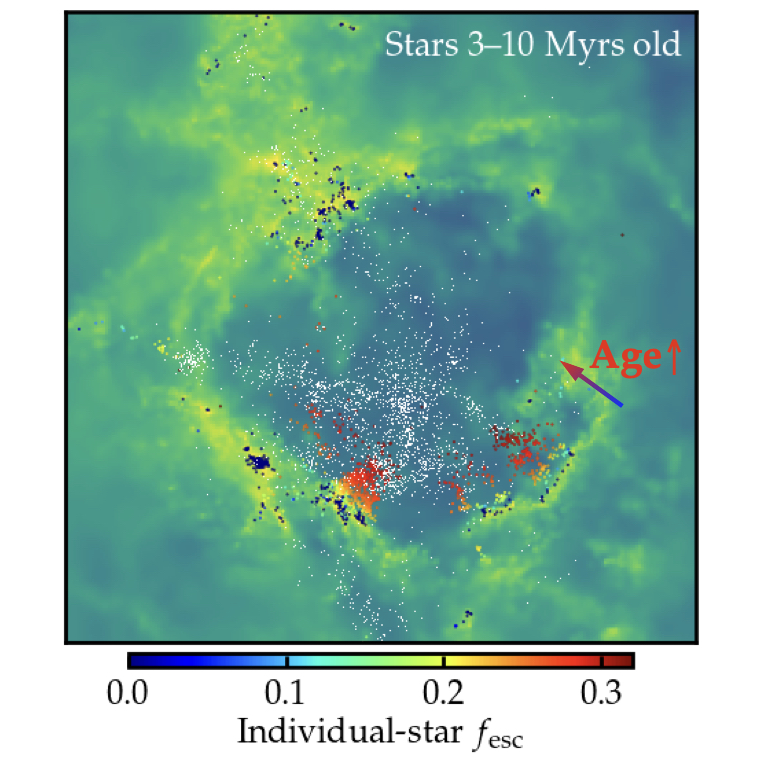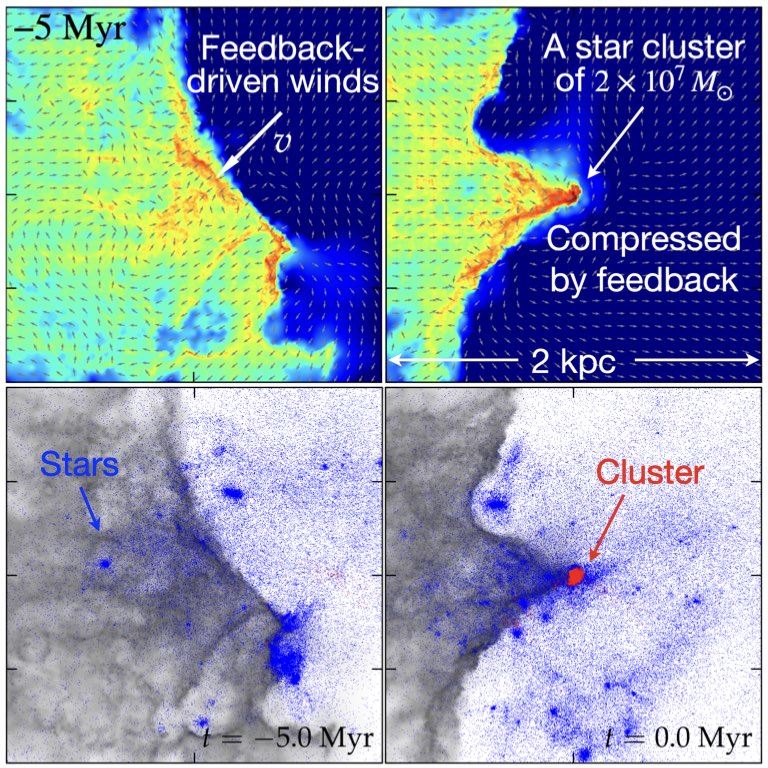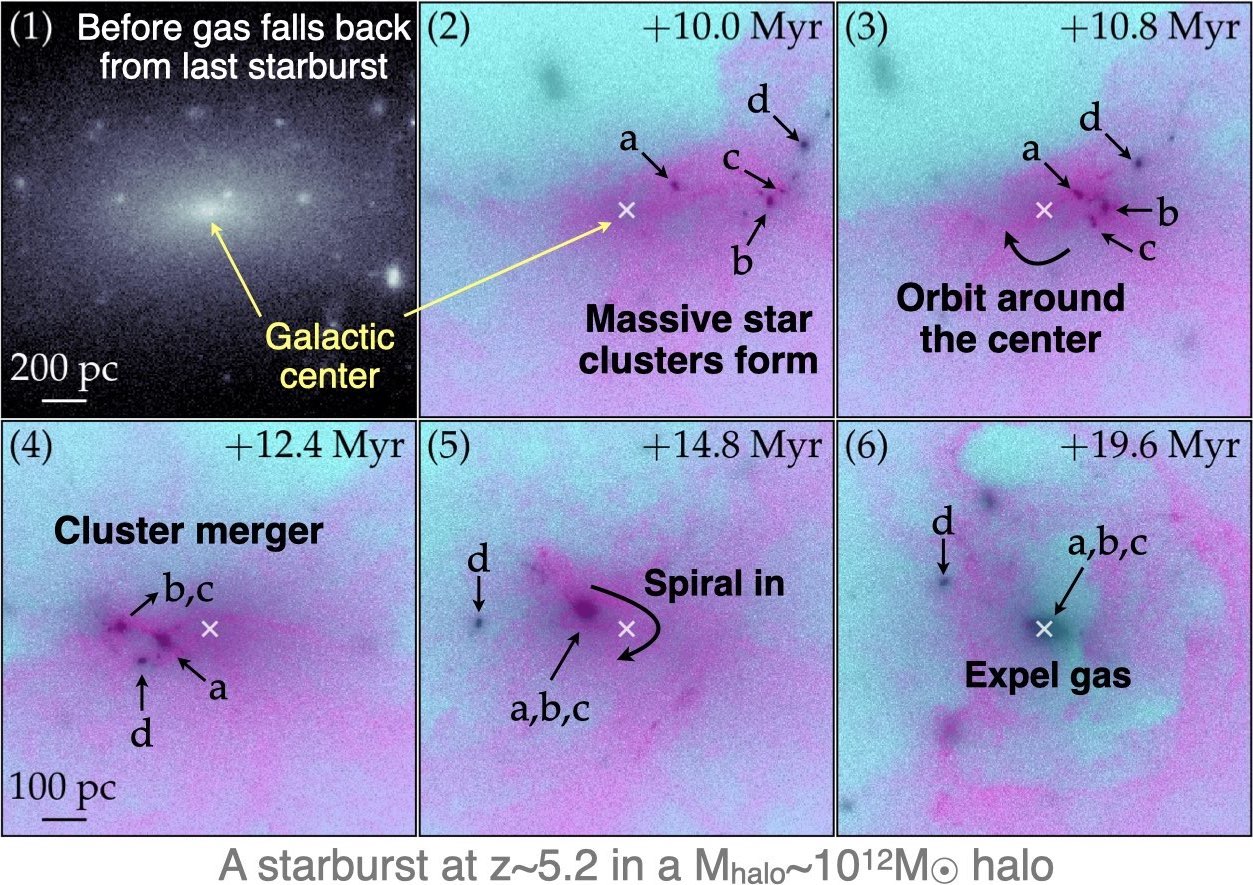Welcome to Xiangcheng Ma's Page

Since April 2022, I work at Nuro, Inc. as a software engineer in the Simulation - Interactive agents team. Previously, I accepted a tenure-track faculty position at the Kavli Institute of Astronomy and Astrophysics (KIAA) at Peking University, but resigned in favor of a career change.
I was the Steward Observatory Prize Fellow in theoretical and computational astrophysics at Steward Observatory, University of Arizona, from August 2021 to April 2022, and a Theoretical Astrophysics Center (TAC) postdoctoral fellow in the Department of Astronomy at UC Berkeley, working primarily with Prof. Eliot Quataert, from August 2018 to August 2021. I received my Ph.D. in theoretical astrophysics from Caltech in June 2018, advised by Prof. Phil Hopkins.
I had been an active member of the Feedback in Realistic Environments (FIRE) collaboration. I carry out massive hydrodynamic simulations and Monte Carlo radiative transfer calculations on big supercomputers to study a broad range of topics in galaxy formation, the interstellar medium, star formation, feedback, and supermassive black holes. I have the fortune to work closely with many great people, both theorists and observers, inside and outside the FIRE team.
Click here to see more details about my research.
Curriculum vitae with bibliography (pdf)
See the ADS library here for a list of my publications.
I was born and raised in Tianjin, a major city in China next to its capital, Beijing, and known as the capital of humor. I was an undergraduate student in astronomy from August 2009 to June 2013 at the University of Science and Technology of China (USTC, in Hefei, Anhui province) before coming to Caltech for graduate study.
